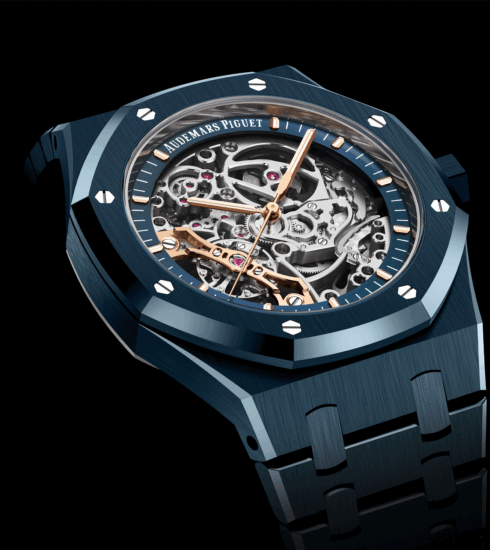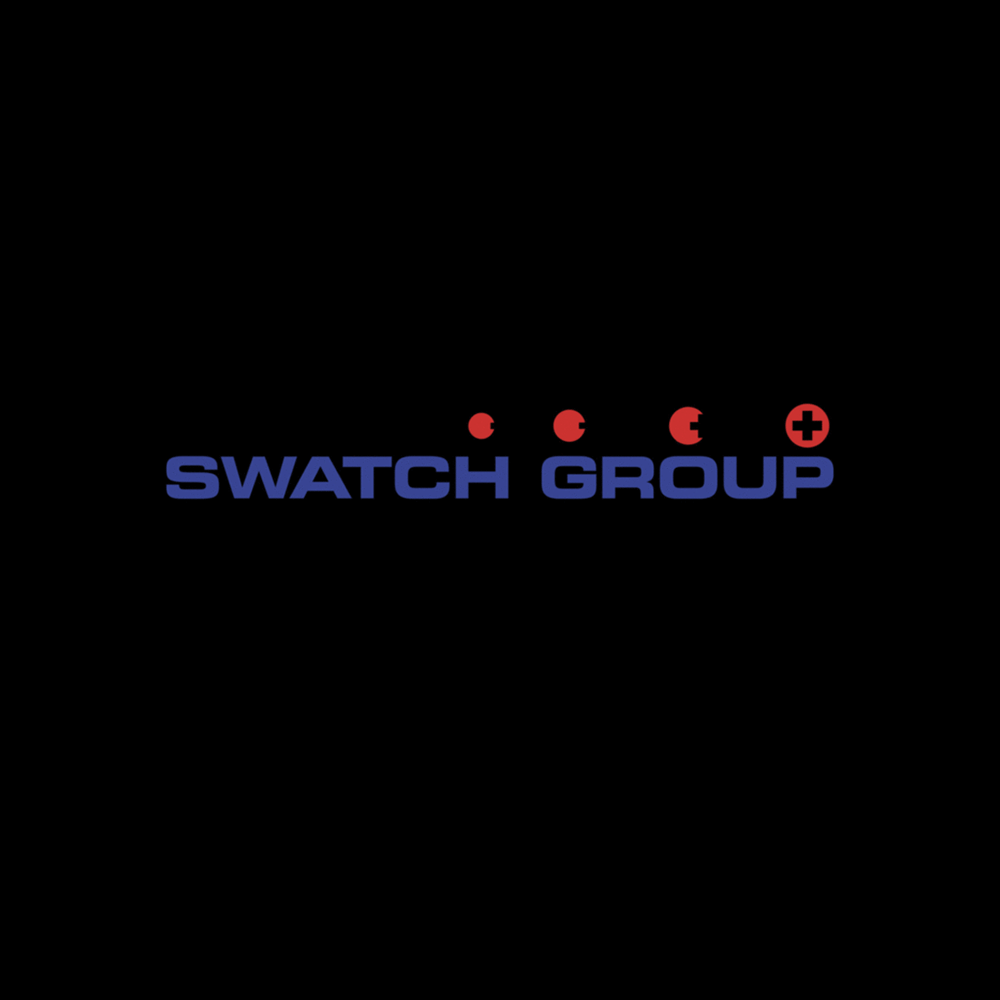Gate-closing panic? Swiss watch brands fight for their most important market and massively replenish US stocks in July
In July, exports by the Swiss watch industry rose by 6.9 percent year-on-year to CHF 2.4 billion. Exported volumes remained stable at 1.4 million units (+0.3% year-on-year).
The Swiss Watch Industry Federation (FH) describes this development as a “recovery due to uncertainties in the USA.”
This can safely be described as an understatement, because without exports to the USA, exports would have fallen by 0.9 percent in value.
The entire Swiss export industry sold 2.7 percent less, or goods worth CHF 22.2 billion, abroad in July, as the Federal Office for Customs and Border Security (FOCA) announced on Thursday.
Swiss watch exports to the USA grow by 45 percent
In July 2025, Swiss watch exports were a whopping 45 percent higher in value than in July 2024.
What at first seems like good news is the harbinger of hard times for Swiss-made watchmakers. Since August 7, the USA has imposed a tariff of 39 percent.
Since the announcement of the US tariffs in early April, exports of Swiss brands to the US market have exploded. "Depending on the brand and model, we have at least three to six months' worth of inventory," Swatch Group CEO Nick Hayek told the Reuters news agency.
In doing so, he and his competitors have bought themselves time in which they can keep retail prices stable.
Filled US warehouses shift the problem backward
Once the currently well-stocked warehouses are emptied, Swiss-made watch manufacturers have two options regarding the USA: lower margins or higher retail prices. Or, as a third option, a combination of both. Ignoring and waiting it out are not options. The USA is currently the largest single market for the Swiss watch industry, and it also experienced steady growth even before the tariff chaos.
The US thus offered hope in times of persistent weakness in China and Hong Kong. In 2024, 17 percent of all Swiss watches, with a total value of approximately four billion Swiss francs, were exported to the US.
WirtschaftsWoche quotes Breitling CEO Georges Kern: "The US market is our most important market and accounts for 20 to 25 percent of our global sales. We are among the three leading watch brands there and operate over 40 boutiques in the United States."
If there are going to be price increases for the end customer, it is clear to him that these must take place worldwide:
"You can become more efficient. You can operate with a lower margin. And you can raise prices," the NZZ quotes the Breitling CEO as saying. In his opinion, this should happen in all markets – and a 40 percent (Editor's note: this refers to the export price, not the retail price) increase in the US at once is not feasible. "That would choke the market."
"These tariffs are destroying our business," NZZ quotes Gabriel Allen, head of the watch retailer Watches Off 5th, as saying. Ten percent would be manageable, he says, since buyers and retailers usually each pay half. "But 39 percent is too much, even if you split it."
The Swiss watch industry and the rest of the world
While exports to the US exploded in July, Germany (-14.7% yoy) recorded a significant decline, followed by Japan (-10.1% yoy), Italy (-9.1% yoy), and China (-6.5% yoy). Hong Kong (+4.6% yoy) and Singapore (+14.8% yoy) achieved increases, while the UK remained stable (+0.2% yoy).
What worked, what didn't work
Precious metal watches (+5.3%), steel (+9.1%), and bimetal models (+16.9%) were the main drivers of global exports in terms of value. Steel (+12%) and bimetal watches (+24.6%) recorded strong growth, while precious metal watches (±0%) and other metal watches (+1.6%) maintained their volumes. Watches made of other materials, however, recorded a sharp decline (-23.1%).
Watches with an export price between CHF 200 and 500 (+7.3%) and watches over CHF 3,000 (+9.4%) recorded further growth, while the category of watches under CHF 200 (export price) shrank by 1.9 percent.






